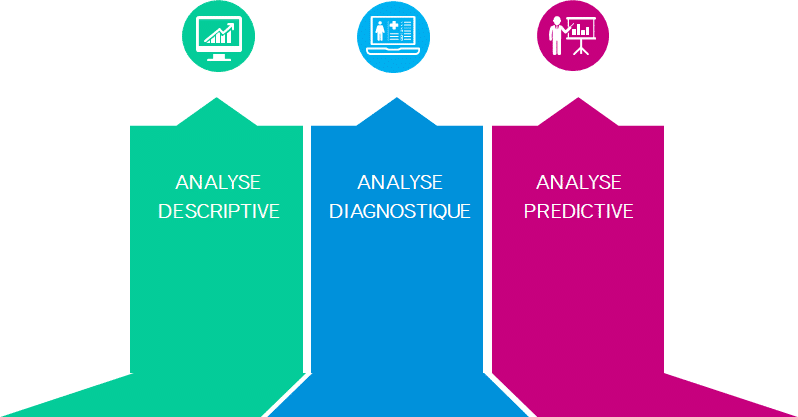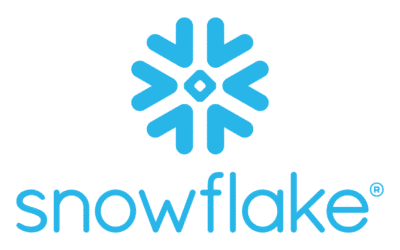By Matthieu Henry D’Ollières, in charge of D&A at Altermès
The explosion and omnipresence of data in the enterprise are real opportunities to reinvent the way we work. Before embarking on a data analysis project, it’s essential to understand the objectives of each analysis. Add a video
Depending on their level of automation and integration, finance teams can draw on different types of data analysis to optimize risk management:

Descriptive analysis
The aim is to identify process exceptions and understand what happened and in what context (i.e. what, when and how).
These analyses are based on dynamic indicators, consistency checks and data cross-referencing.
Some examples of indicators and automated controls :
- Payment term calculation
- Priority and number of orders validated without receipt or invoice
- Double payment of supplier invoice
- RIB supplier located in a tax haven
- Transaction with a country with a prohibited currency
Applied approach
- Manual extraction of one or more data sources from flat files, APIs, DBMS or business applications
- Use of queries or “scripts”: set of instructions given to software to extract data flows from a process.
Tools used
- Data preparation (Alteryx, SAS, Datawatch…)
- Data analysis (ACL, Idea…)
- Business intelligence (Microsoft Power BI, Microstrategy…)
- Data visualization (Tableau Software, Qlik…)
Deliverables
- Exception reports from business applications
- Adhoc report

diagnostic analysis
The objective is to understand the origin of the exceptions identified in the processes (i.e. why and where did this happen?).
This type of analysis enables us to identify anomalies and understand the process biases that led to them. In this way, we can work on improving processes to prevent certain anomalies from recurring. At the same time, improving processes also leads to productivity gains.
Some examples of diagnostic analyses :
- Analysis of the steps making up a process and the existence of variants in relation to the company’s current process.
- Separation of duties :
- Creation and validation of purchase orders by the same employee
- Receipt validation and invoice entry by the same employee
- 2 and 3 Way Match :
- Analysis of deviation tolerance threshold settings (price and volume)
- Identification of transactions in error (price and volume) from orders, receipts and invoices…*.
- Risk analysis :
- Duplicate names, VAT numbers or SIREN numbers attached to a supplier
- Duplicate names, VAT numbers or SIREN numbers attached to a supplier
Applied approach
- Use of queries or “scripts” (objective: where is the problem?): a set of instructions given to software to examine whether internal controls have been violated. In addition to reducing the effect of human error (inevitable in a manual review), the script makes the action rapidly reproducible.
- Data mining (objective: why did this happen?) to identify correlations between numerous databases in one or more applications
Tools used
- Descriptive analysis tools (see previous slides)
- SQL queries …
- Data mining (Blueway…)
- GRC (i.e. Governance Risk Compliance) tools (SAP GRC, Oracle Management, BWISE, Supervizor…)
- Process mining (Celonis…)
Deliverables
- Functional analyses to identify technical solutions that meet the challenges to be covered
- Setting up and writing procedures for implementing queries and data/process mining applications
- Process diagnostics
Predictive analysis
The aim is to predict future results based on historical data (i.e. what will happen and why?).
Applied approach
Implementation of the strategic data analysis vision: exhaustive description of the business process to be modeled, with a definition of the business objective, variables, control factors and constraints to be analyzed.
Tools used
- Descriptive and diagnostic analysis tools (see previous slides)
- Predictive models based on the nature of the data to be analyzed
- Predictive analysis tools (Adobe, Board, etc.)
Deliverables
- Building a new BI architecture from reporting to predictive analysis
- Implementing a Data Lake platform
- Modeling decision-support information
- Development of a decision-making portal
Any questions? Any comments? Need clarification? Altermès teams are available for you 👋











